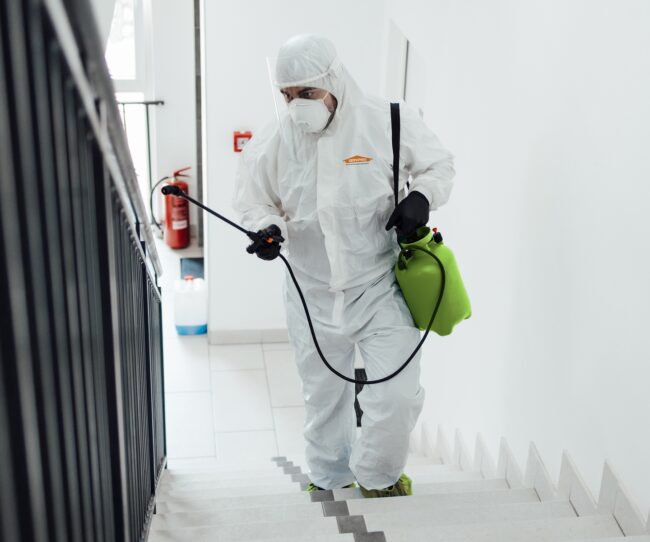From Strangers to Allies
In the corporate landscape, team building has transcended its traditional image of trust falls and icebreakers to become a strategic imperative for organizations, especially in the context of large corporations. The question that arises is: Why is it crucial for large companies to invest in team-building activities and programs? The answer lies in the recognition that the scale and complexity of large corporations necessitate a deliberate and structured approach to team dynamics. Team building, when approached strategically, becomes a powerful tool for fostering collaboration, enhancing communication, and promoting a positive workplace culture.
One of the primary reasons large companies should invest in team-building activities is the impact on employee engagement. In sizable organizations, employees can sometimes feel like mere cogs in a machine, disconnected from the overarching goals and the people they work with. Team-building activities provide a platform for employees to interact beyond their immediate work roles, fostering a sense of camaraderie and connection. This increased engagement, in turn, contributes to higher levels of job satisfaction and a more positive work environment.
Strategic team building also addresses the challenges of siloed working environments commonly found in large corporations. Departments and teams can become isolated, hindering the flow of information and collaboration. By investing in team-building programs that encourage cross-departmental interaction, large companies break down these silos and create a more integrated and cohesive organizational structure. This interconnectedness is vital for addressing complex challenges that require a collaborative, company-wide effort.

Moreover, team building contributes to the development of essential soft skills among employees. In a corporate world driven by technology and automation, the value of interpersonal skills cannot be overstated. Strategic team-building activities focus on enhancing communication, problem-solving, and conflict resolution skills, ensuring that employees are well-equipped to navigate the intricacies of working in a team-oriented environment.
Another crucial aspect is the positive impact on organizational culture. Large corporations often grapple with establishing a cohesive culture that aligns with the company’s values. Team-building activities, when aligned with the organization’s mission and vision, become a powerful tool for shaping and reinforcing the desired culture. Whether it’s promoting innovation, collaboration, or inclusivity, strategic team building contributes to the cultivation of a positive and values-driven organizational culture.
Furthermore, team building serves as a preventative measure against burnout and stress. The demanding nature of work in large corporations can take a toll on employee well-being. Strategic team-building activities, designed to provide a break from routine and foster relaxation, contribute to stress reduction and mental well-being. Employees return to their tasks rejuvenated, with a positive impact on overall productivity.
In conclusion, the strategic investment in team-building activities is not a luxury but a necessity for large corporations. It goes beyond creating moments of fun and camaraderie; it is a deliberate effort to shape the organizational culture, enhance employee engagement, and equip teams with the skills needed for success. As large companies continue to navigate the complexities of the business world, team building emerges as a cornerstone for building resilient, collaborative, and high-performing teams that are essential for sustained success.
…

